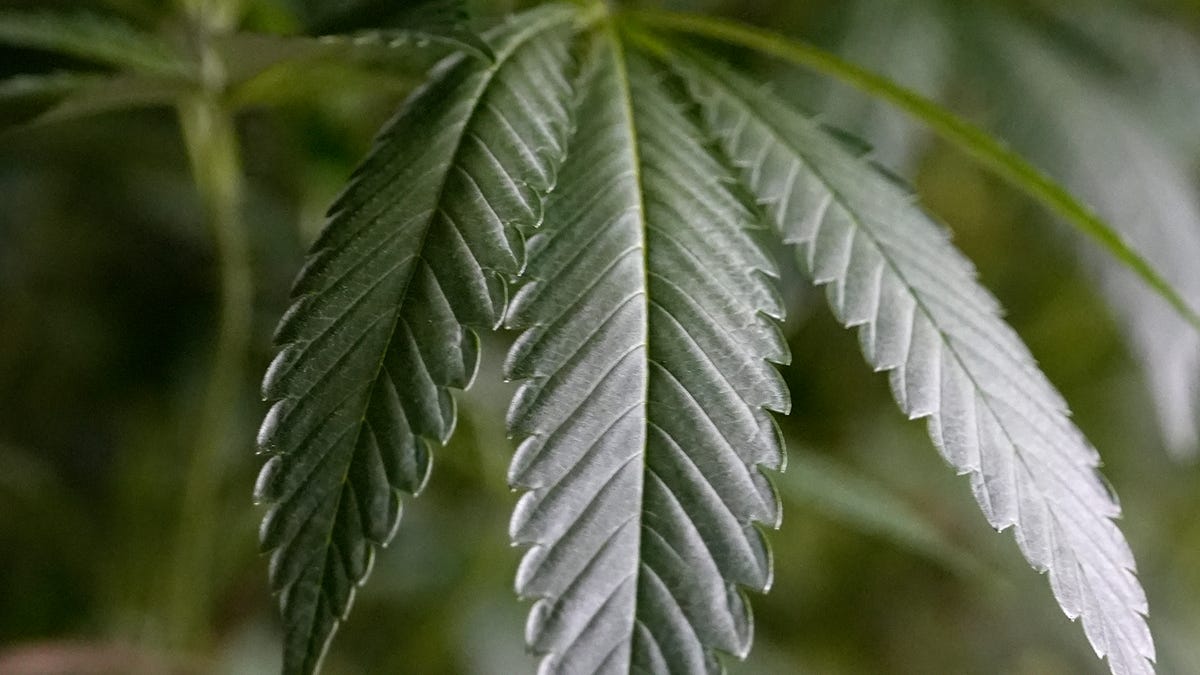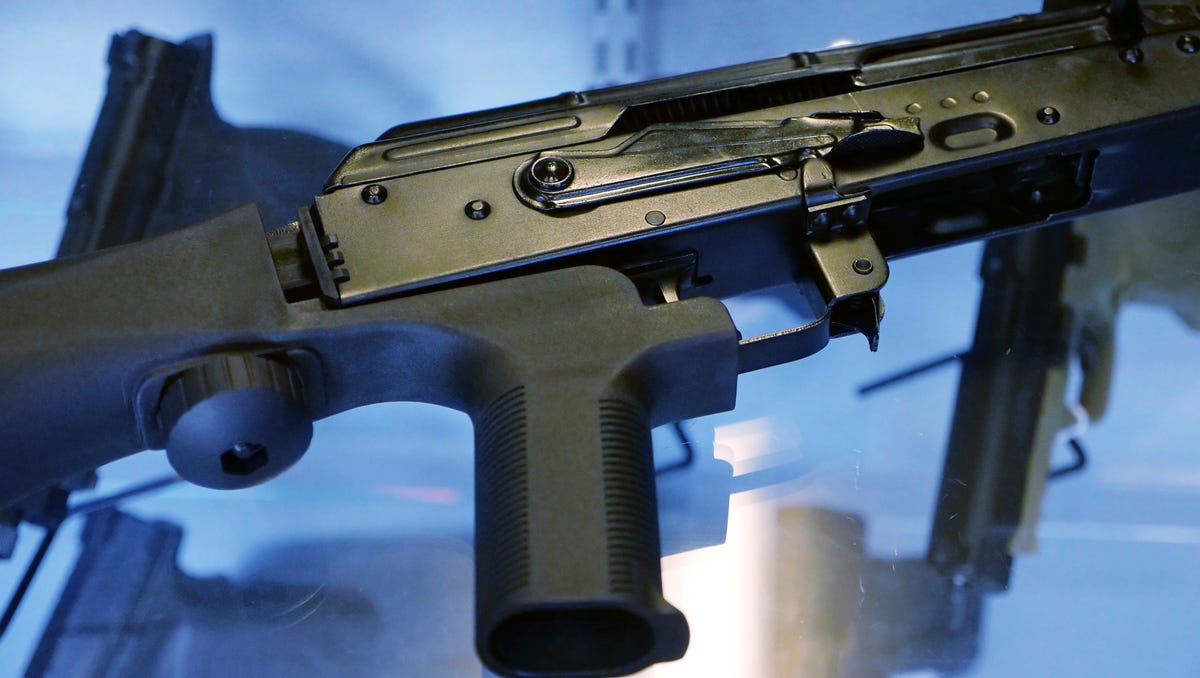Alaska House Speaker Cathy Tilton suggested on a talk radio show that Republican members of the House majority blocked an election bill because it would have increased the likelihood of Alaska’s Democratic congresswoman holding on to her seat by making it easier for predominantly Alaska Native residents of rural Alaska to vote.
On the “Michael Dukes Show” last week, Tilton said the election bill, which was blocked by House Republicans on the final day of the legislative session, would have benefited U.S. Rep. Mary Peltola, who is running for reelection against Republican challenger Nick Begich III.
The bill would have eliminated the state’s witness signature requirement on absentee ballots. Witness signatures are meant to prevent voting misconduct, but the Alaska Division of Elections currently has no method of verifying the signatures, and accepts any mark on the signature line without review.
The witness signature requirement led to the disqualification of ballots disproportionately in rural parts of the state in the 2022 special primary election, the state’s first all by-mail election. In one rural district, nearly 11% of all ballots cast were rejected for missing witness signatures.
Alaska Native voters, who make up the majority in some rural districts, have overwhelmingly supported Peltola, the first Alaska Native woman to serve in Congress.
”The changes in that bill definitely would have leaned the election towards Mary Peltola, to be quite honest, with no signatures on ballots in, you know, in rural areas,” Tilton said on the radio show last week.
Tilton did not respond to requests for comment from the Daily News.
In response, the Alaska Federation of Natives, which represents 177 federally recognized tribes, expressed “deep concern” over Tilton’s comments. AFN released a statement saying those comments “bring to light troubling implications” that state legislators would “actively work to disenfranchise voters to prevent the election of a specific candidate.”
The state’s witness signature requirement on by-mail ballots has disproportionately affected Alaska Native voters in rural parts of the state, AFN said.
”It is important to ensure that laws affecting Alaskans’ right to vote are fair and non-partisan. Protecting the constitutional right to vote is a responsibility that all legislators share, regardless of their affiliations, and they should work to uphold this right for all Alaskans,” said Joe Nelson, co-chair of AFN and Peltola’s ex-husband, in a prepared statement.
The state has a history of repeatedly failing to make voting accessible in some rural communities. In the August primary election, several polling locations in rural parts of the state did not open, meaning voters in those communities had no way to cast their ballots altogether.
Election data shows that the witness signature requirement also impacts other voters for whom English is not a primary language, including low-income voters in some neighborhoods of Anchorage.
“Alaska Natives are not a monolith,” Shannon Mason, a spokesperson for Peltola’s campaign, said by text message.
”Mary has been working for All Alaskans for two years — and we hope to earn their votes in the election. It’s disrespectful that her opponent’s supporters would attempt to prevent Alaska Natives from voting. We hope all Alaskans and especially Natives send a signal to Nick and his allies that this type of scam will not be tolerated,” Mason said.
The bipartisan election package Tilton referenced in her comments failed to pass the House in the final hours of the legislative session in dramatic circumstances. The bill was introduced by Homer Republican Rep. Sarah Vance to allow the state to remove ineligible voters from its rolls more quickly. The Senate added several other elements, including same-day voter registration, a method for voters to correct errors on absentee ballots and the elimination of the witness signature requirement on by-mail ballots.
After the amended bill passed the Senate on the final day of the legislative session, key House Republicans wanted to block the measure from passing, including Vance, according to Tilton. Vance did not respond to a request for comment. As the clock wound down to midnight on the final day of the session, Anchorage independent Rep. Calvin Schrage, the House minority leader, made a motion for the House to consider the elections bill. The motion failed 20-20.
For the next two hours, the elections bill was at the center of a standoff between the Republican-led House majority opposed to hearing the bill and the Democrat-dominated House minority in support, with outgoing Republican Rep. Jesse Sumner joining the minority in stalling the House from adjourning.
“It was one of the major disappointments of the session. That election bill failed as it did right at the very end — and by a single vote or two,” said Dillingham independent Rep. Bryce Edgmon, who caucused with the mostly Republican majority but supported the legislation.
Edgmon is one of four non-Republican members in the House majority. He said the elections bill was a priority for the influential Bush Caucus, which is made up of lawmakers representing rural Alaska districts. Rep. CJ McCormick, a Bethel Democrat and a member of the Bush Caucus, echoed Edgmon’s comments and said that the state’s “current election system is not acceptable and needs to meet the needs of rural voters and not silence them.”
He said the state’s signature requirements “are incredibly ineffective” and “prohibitive for communities that struggle.” Edgmon said that he wasn’t surprised by “the mentality” in Tilton’s comments that suggested Republicans blocked the elections bill because it was seen as benefiting Peltola.
”It was not lost on me that those forces were in the background and at play,” Edgmon said. “The measures in the bill would have benefited rural Alaska, and it’s disappointing that not everyone shares the objective of making it easier for rural voters to vote.”
Kotzebue independent Rep. Thomas Baker, who serves in the House majority as a member of the Bush Caucus, voted against hearing the elections bill on the last day of the session. He was appointed to the House by Gov. Mike Dunleavy, and initially served as a Republican before changing his affiliation. Baker said on Tuesday by text message that he was not aware of Tilton’s comments.
“My opinion on that legislation is that there were many changes made once it left the House and got through the Senate which the House did not have time to thoroughly review before it came back to the House floor,” he said on Tuesday.
In 2020, the Alaska Supreme Court ordered for the state to pause the witness signature requirement on by-mail ballots due to safety concerns during the COVID-19 pandemic. In oral arguments, state attorneys were unable to cite a case where that requirement had exposed voter fraud in Alaska.
The American Civil Liberties Union of Alaska sued the state in 2022, arguing that voters’ constitutional rights were being violated because Alaska does not have a method for voters to correct mistakes on their by-mail ballots, including by adding a witness signature after the fact. That lawsuit is still open in state court.
• • •

:quality(70)/cloudfront-us-east-1.images.arcpublishing.com/adn/XQ7PRMKDRRBCHA3WUTOR3E3GVQ.jpg)





:quality(70)/cloudfront-us-east-1.images.arcpublishing.com/adn/CXUYEHROXVFXBM4B4TPCEY75QU.JPG)
:quality(70)/cloudfront-us-east-1.images.arcpublishing.com/adn/YBGQXSCYYVDAJDVUIBUVRQUFQM.jpg)
:quality(70)/cloudfront-us-east-1.images.arcpublishing.com/adn/ARVBL35OIZEEFHN27NNGTNQSWY.jpg)



















/cdn.vox-cdn.com/uploads/chorus_asset/file/25782636/247422_ChatGPT_anniversary_CVirginia.jpg)
/cdn.vox-cdn.com/uploads/chorus_asset/file/25789444/1258459915.jpg)

/cdn.vox-cdn.com/uploads/chorus_asset/file/25546252/STK169_Mark_Zuckerburg_CVIRGINIA_D.jpg)


/cdn.vox-cdn.com/uploads/chorus_asset/file/23951353/STK043_VRG_Illo_N_Barclay_3_Meta.jpg)